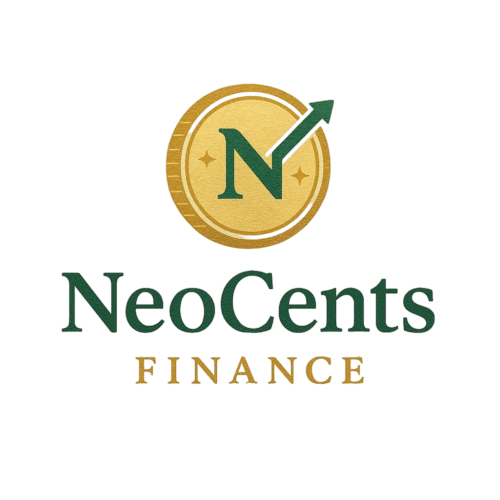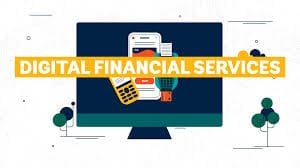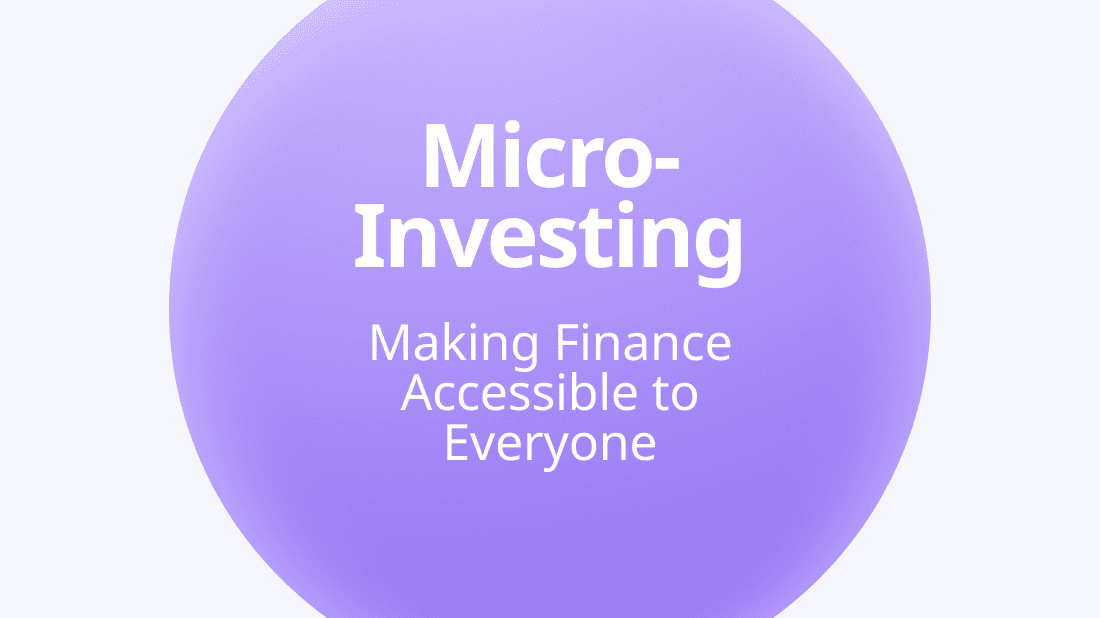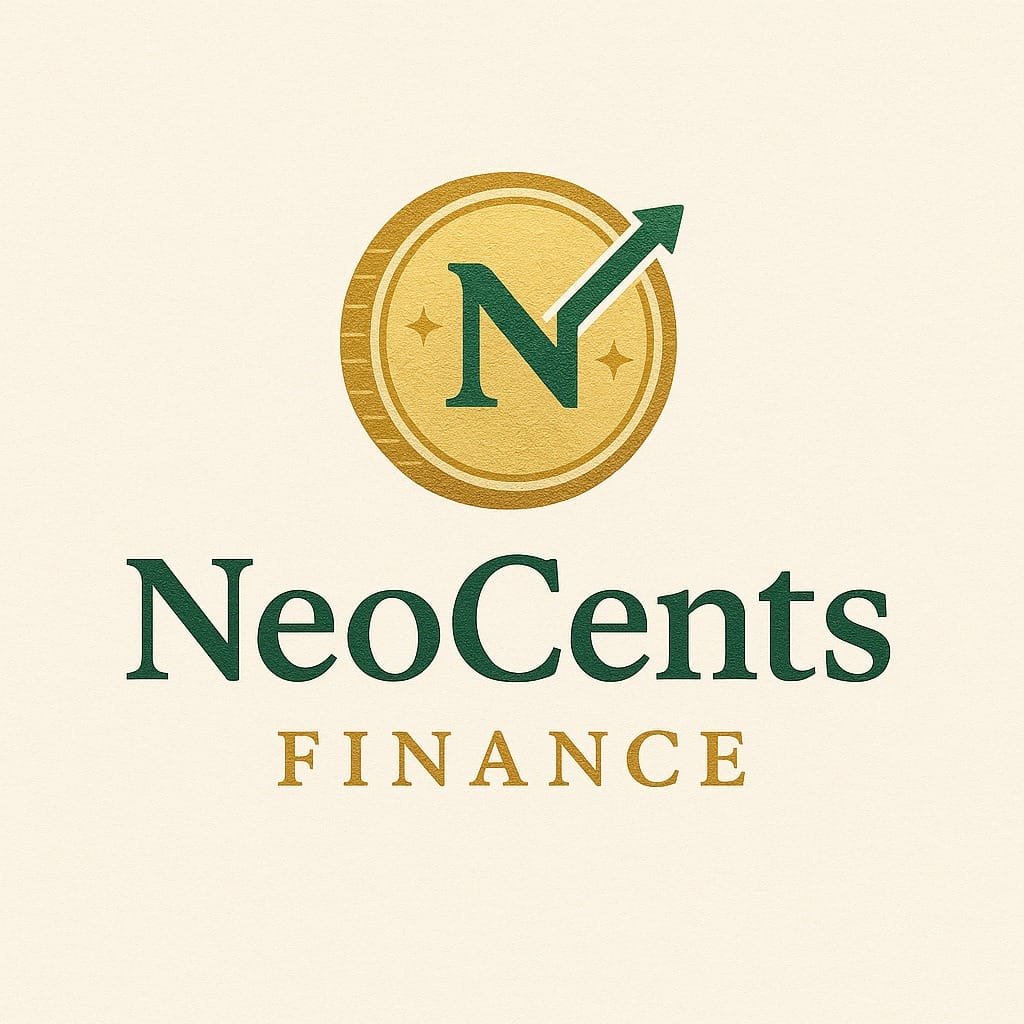In recent years, digital finance has transformed how people save, spend, invest, and manage money. From mobile banking apps to blockchain and AI-powered tools, digital innovations have reshaped financial systems. But one of the most profound benefits is financial transparency, making money flows visible, traceable, and understandable.
This guide explores how digital finance enhances transparency in accessible, beginner-friendly terms. We’ll unpack key concepts, provide real-world examples, and offer practical tips. And also explain why transparent finances matter and how digital tools help individuals, businesses, and institutions operate more openly.
- What Is Financial Transparency and Why It Matters.
Defining Financial Transparency.
Financial transparency refers to clarity and openness in how money is handled. It involves:
- Accessible information on budgets, spending, and investments.
- Clear accountability for where funds come from and go.
- Trust-building through accurate records and honest reporting.
In the U.S., financial transparency is crucial in:
- Personal money management.
- Business financial reporting.
- Government budgeting and spending.
Why Transparency Is Important.
Transparent finance matters because it:
- Reduces fraud and corruption. When funds are tracked and visible, hidden misuse becomes harder.
- Builds trust. Customers, investors, and stakeholders feel more confident.
- Supports informed decision-making. Clear data leads to smarter choices.
- Enhances compliance. Government and regulatory bodies can audit more efficiently.
In short, financial transparency isn’t just ethical, it’s smart.
- Traditional Financial Systems: Where Transparency Falls Short.
Before digital finance, traditional systems often lacked openness:
- Paper statements mailed monthly, easy to misplace or misread.
- Manual errors and slow reconciliations in banks and businesses.
- Opaque billing or fee structures that frustrated consumers.
- Limited real-time insights into account status.
These old systems relied heavily on trust, which can be broken, whether by misinterpretation, human error, or omission. That’s where digital finance steps in.
- Digital Finance Tools That Enhance Transparency.
Let’s explore key digital finance tools reinforcing transparency through automation, visibility, and trust.
Mobile and Online Banking.
Mobile apps and online portals are the foundation of digital finance:
- Instant access to balances, transactions, and activity logs.
- FTA notifications; you see every deposit, withdrawal, and payment in real time.
- Search features to find and categorize transactions (e.g., “groceries,” “utilities”).
- Secure access with two-factor authentication (2FA), biometrics, and encryption.
These features make account activity clear and reduce mental load.
Personal Finance Management (PFM) Tools.
Apps like Mint, YNAB, and Personal Capital take transparency further:
- Aggregate multiple accounts; banking, credit cards, investments, loans.
- Visual budgeting, showing trends and expense insights.
- Alerts for overspending or unusual patterns.
- Spending categories, view how much you spend on entertainment, dining, etc.
PFM platforms empower users to take control of their finances with real-time clarity and forward-looking planning.
Digital Wallets and Payment Platforms.
Services like PayPal, Venmo, Apple Pay, and Google Pay help by:
- Recording all payments and transfers.
- Creating payment histories viewable anytime.
- Offering dispute‑resolution tools for transactions.
- Supporting digital receipts, eliminating paper trails.
These services bring transparency to peer transactions and small-business payments.
Blockchain and Distributed Ledgers.
Blockchain technology, while more complex, offers groundbreaking transparency:
- Immutable records, time-stamped and visible to all participants.
- Distributed ledgers, preventing centralized manipulation.
- Smart contracts that enforce rules automatically.
These are ideal for supply chains, transparent donations, or interbank settlements, blockchain transforms trust through exposure.
API Integrations and Open Banking.
Open Banking (US Progressing via Client Initiated Data Sharing—CIP) systems allow:
- Secure API links between banks and third-party apps.
- Automated data sharing under user consent.
- Customized financial insights based on actual spending.
- Competition; more transparency forces better customer terms.
APIs empower people to compare offers and manage money with clarity.
AI and Machine Learning.
Artificial Intelligence enhances transparency by:
- Spotting anomalies or fraud real-time via pattern recognition.
- Automating reporting and compliance monitoring.
- Generating financial summaries in layman’s terms.
From AI-driven personal finance advisors to corporate dashboards, smart tools make complex data understandable.
- How Digital Finance Drives Transparency: Real-World Examples.
To bring theory to life, here are afew practical cases showing how digital finance tools build transparency.
Personal Budgeting with Mobile Apps.
Imagine Sarah, who uses Mint:
- Linked checking, savings, credit cards, and loans.
- Daily alerts warn her if food or entertainment spending exceeds limits.
- Monthly reports visualize changes compared to last month.
Outcome? Sarah gains clarity, adjusts spending sooner, and feels financially confident.
Small Business Accounting via Cloud Platforms.
Consider “Taylor’s Cupcakes”:
- Switched from paper ledgers to QuickBooks Online.
- Sales, expenses, and payroll information are linked and automatically categorized.
- Owners can review real-time profit, tax liabilities, and cash flow.
End result: more timely tax filing, better forecasting, and less stress.
Transparent Municipal Budgets.
City of Seattle (for example) deploys:
- Public-facing dashboards showing budget allocations, expenditures, and project status.
- Geographic and time-based filters for citizen queries.
- Open data downloads for civic tech Innovators.
This level of transparency increases civic trust and improves community engagement.
Blockchain in Supply-Chain Finance.
Companies like IBM and Walmart use:
- Blockchain to trace product origin.
- Immutable logs showing shipment, processing, and retail path.
- Consumer-facing QR codes to verify provenance and authenticity.
Consumers can scan and verify trust instantly.
Peer-to-Peer Lending Platforms.
Platforms like LendingClub and Prosper:
- Digitally match borrowers and investors.
- Provide clear loan terms, payment schedules, and fee breakdowns.
- Update loan performance stats each month.
Both parties see full financial visibility, enhancing trust and reducing default concerns.
- Major Benefits of Financial Transparency.
Widespread digital adoption drives better outcomes for everyone:
- Trust and Confidence. Clear visibility leads to greater trust in institutions.
- Proactive decision-making. Real-time alerts avoid late fees and missed payments.
- Reduced fraud and misreporting. Oversight acts as a deterrent.
- Regulatory compliance. Easier audits of transactions reduce risk of fines.
- Cost savings. Automation cuts labor and error in reporting.
- Empowerment. Clear data promotes financial control and wellbeing.
- Challenges & Solutions in Digital Finance Transparency.
Despite many benefits, digital finance faces obstacles:
- Privacy vs. Transparency.
Concern: Sharing more data can compromise privacy.
Solution: User-controlled permissions, encryption, and anonymized dashboards.
- Data Accuracy.
Concern: Inaccurate classification or sync errors.
Solution: Regular reconciliation, user corrections, and AI-driven error detection.
- Security Risks.
Concern: Increased cyber threats as more data moves online.
Solution: Robust encryption, multi-factor authentication, and real-time fraud alerts.
- Digital Divide.
Concern: Not everyone has internet access or digital literacy.
Solution: Investing in education, affordable infrastructure, and simplified app design.
- Regulatory Complexity.
Concern: Rules like OFAC, SEC, and state-level regulations increase complexity.
Solution: Embedded compliance tools within digital platforms, audit trails, and reporting templates.
- How Consumers Can Maximize Transparency.
Here are actionable steps consumers can take to harness digital finance:
Consolidate and Connect.
Use PFM tools to link all financial accounts. This gives one dashboard view of your entire financial picture.
Automate Bill Payments and Alerts.
Set up autosave, autopay, and spending alerts to reduce missed due dates or overspending.
Keep Digital Records.
Archive receipts, loan contracts, and investment summaries in cloud tools for easy retrieval.
Review Statements Regularly.
Every month, go through transactions, watch for discrepancies, unfamiliar charges, or rising costs.
Stay Educated.
Learn about privacy policies, data-sharing rights (like under FINCEN or CFPB), and new digital tools in fintech news.
Use Budgeting and Forecasting Tools.
Adopt AI finance assistants to project account balances, alert you when you’re off-track, and propose savings strategies.
- How Businesses & Governments Benefit.
Businesses.
- Better cash flow management via real-time visibility.
- Faster audits thanks to digital records.
- Improved stakeholder trust through transparent reporting.
- Efficiency gains as automation replaces manual work.
Governments & Public Sector.
- Citizen trust promotes support for budgets and taxes.
- Efficient fund allocation, reducing waste.
- Open data portals spur civic tech and citizen oversight.
- Emerging Trends and the Future.
Real-Time Payments & Data Sharing.
With infrastructure like FedNow and RTP, digital transparency will include instant notifications of incoming and outgoing payments.
Embedded Finance.
Expect more non-financial platforms (e-commerce, social media) to offer banking, payments, or loans, bringing transparency directly to activities you already do.
Enhanced AI Advisors.
AI will offer personalized transparency tools, explaining finances in plain language, highlighting hidden expenses, and helping with future planning.
Regulatory Tech (RegTech).
Digital finance and transparency go hand-in-hand with RegTech: compliance automation, KYC/AML monitoring, and secure APIs that reduce manual oversight.
Digital Identity.
Secure digital IDs linked with finance could verify legitimacy of transactions, limit fraud, and speed onboarding.
Embrace Transparency in Your Finances.
As digital finance evolves, transparency becomes more than a buzzword, it’s a pillar of financial wellbeing. With intuitive apps, AI guidance, and secure data sharing, individuals, businesses, and governments can operate with clarity and trust.
Whether you’re an individual aiming to budget smarter, a small business seeking efficiency, or a civic-minded U.S. citizen wanting to monitor public funds, digital finance tools give you the power to see clearly, act wisely, and build confidence.
Start today by connecting your accounts, setting up alerts, reviewing dashboards, and taking small steps toward a more transparent financial life.
Further Resources
While this article offers an in-depth view, always stay updated:
- Consumer Financial Protection Bureau (CFPB): Resources for financial transparency.
- Federal Reserve Bank: Information on open banking and real-time payments.
- Fintech news platforms: For the latest in digital finance trends.
Digital finance, anchored by transparency, marks a pivotal shift in how we relate to money. For U.S. users especially, digital banking apps, AI insights, and open financial systems bring clarity that was unimaginable just a few decades ago. As these tools become more accessible and AI-driven, your ability to see your entire financial picture clearly will only improve.
Now’s the time to embrace that clarity; set up your tools, track your spending, automate your finances, and unlock the benefits of true digital financial transparency.








